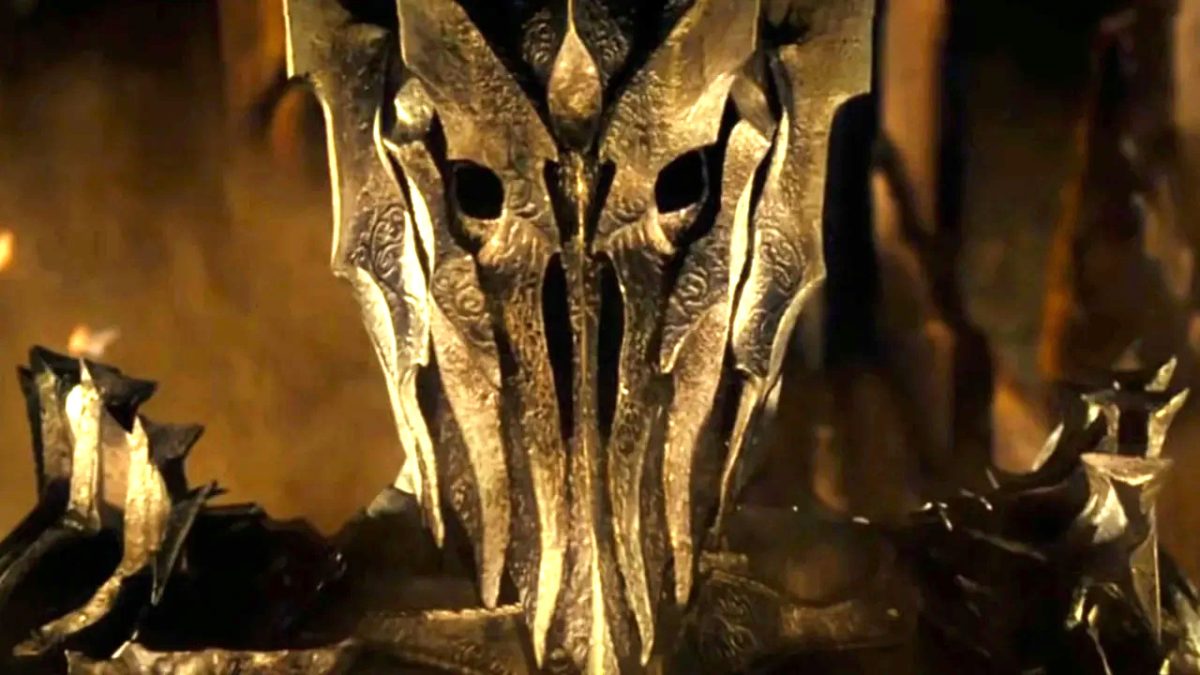6) Self-Referential Humour: Austin Powers: The Spy Who Shagged Me (1999) and Spaceballs (1987)
One of the most common fourth wall detonators, this type of meta-humour is more commonly known as ‘The Spoof.’ Spoof-style movies take on the sort of storylines that traditionally belong to the cinematic greats – and then proceed to deliver the complete opposite effect.
These movies know they are fictional, because the entire aim is to refer continually to another movie (or movies). It is the specific job of spoofs therefore to spend the entire running time sitting on the fourth wall, and spending at least some of the time well beyond it. The list of choices here is endless, but two of the best examples for demonstrating the all-round power and scope of the spoof, are Austin Powers: The Spy Who Shagged Me (1999) and Spaceballs (1987).
Austin Powers is, of course, a spoof of James Bond. From the title, soundtrack, girls, terrible puns, and cars, to the innuendo-imbibed names, car chases, and direct character parallels (a moment, please, to appreciate Oddjob’s reinterpretation as ‘Random Task’), no turn in the Bond movies is left un-stoned. But there are no shortages of direct fourth wall breaks either: Austin constantly interacts with the camera during his come-hither-dances in the scene breaks, and during The Spy Who Shagged Me, Scot bluntly references the fact that Dr. Evil is ripping off Star Wars as well.
But perhaps the best fourth wall breakage comes when the story in The Spy Who Shagged Me finds itself with a rather inconvenient time-travel plothole (who hasn’t?). When Basil has finished explaining to Austin that he’s going to have to travel back to 1969 in order to prevent Dr. Evil from stealing his mojo, Austin asks how, if he was frozen in 1967 and is now about to travel back to 1969, it could still be possible that he had been unthawed in the 90’s to travel back to – “oh no I’ve gone cross eyed,” he finishes.
Basil advises him not to worry about this sort of thing, and to just enjoy himself, before looking into the camera and suggesting to the audience that they do the same thing. Austin agrees, with a wry grin. It is a brilliant acknowledgement of the voluntary suspension of disbelief that viewers are meant to use when watching movies such as the Bond films.

The only way that self-referential humour could go further than a handy plot-hole ignoring device such as Basil’s advice in Austin Powers would be if a movie itself openly admitted that it is a movie. And if we can’t quite imagine what that might look like, Mel Brooks’ incredibly (if guiltily) entertaining Star Wars mock-up, Spaceballs, is on hand to cheerfully fill in the blank.
Where Austin Powers retained a faint degree of still being its own movie to some extent, Spaceballs has no time for such trifling matters. From the hilariously over-long opening shot of the space-station, to their interpretation of Jabba the Hut (trip to Pizza the Hut anyone? No? Everyone too busy throwing up in a corner?), there is a barely a single moment in this hour and a half long parody that won’t make you feel as though you are genuinely losing your mind.
But the award for best self-referential movie moment, perhaps of all-time, has to go to the scene in which Colonel Sanders suggests that in order to locate the lost enemy, Dark Helmet (Rick Moranis’ version of what might have happened had Darth Vader been dropped on his head as a child), they watch, “Spaceballs: The Movie.”
The runner who goes to get the film from the library is then seen rifling through numerous other Mel Brooks’ movies (The Producers, Blazing Saddles, Young Frankenstein etc), before finding the right one. Meanwhile, Dark Helmet calls Colonel Sanders over, and in a stage aside whisper points out that there can’t possibly be a Spaceballs: The Movie – because they’re still in the middle of making it. Colonel Sanders explains that a new break through in home video marketing, called ‘instant cassettes’ have made it possible for videos to be out in homes, before movies have even finished being made. The runner returns with the cassette, and they fast forward through the movie that we have already seen.
If this wasn’t pushing the limits (or lack, thereof) of movie making enough, they finally catch up to the very scene that they are currently standing in – complete with their movements playing both on our screen, and on the screen they’re watching in the movie, which of course shows the screen they’re watching in the movie…. at which point Dark Helmet/Rick Moranis has a complete meltdown.
What is particularly noticeable about this barefaced jaunt outside of the fourth wall (apart from everything) is that for once, the characters themselves don’t actually acknowledge it. It serves no real purpose other than taking self-referential humour to the absolute, utter extreme. And for some peculiar and ironic reason, it is one of the best and least weird fourth wall breaches on the list.
Honorary Mention: On Her Majesty’s Secret Service (1969)

On the topic of James Bond, it would be unfair to the franchise not to recognize the fact that it too was not beyond occasionally poking some quiet fun at its own, sometimes slightly farcical nature. On Her Majesty’s Secret Service of course is not a spoof – but it did see the rather unfortunate taking up of the tux wearing, gadget wielding mantle by George Lazenby.
Leaving aside for a moment the fact that Lazenby’s casting as Bond is generally considered to be one of the worst decisions in history (and not even just cinematic history) his entry onto the scene was one of a Bond kind. In the pre-title sequence, just before the roll of the starting credits, Bond is standing on the beach watching the beautiful woman he has just rescued run away from him, before remarking “this never happened to the other fellow” (the previous Bond was Sean Connery).
It was the one and only fourth wall break in Bond history – and the one and only time Lazenby played Bond. It may have been brave of the Bond series to try and reference itself, but the lesson about the fourth wall that is to be learned here is probably the most obvious of them all: Sometimes chaps, it really is a case of if it ain’t broke……don’t bloody break it.







